Higher Education Financial Wellness Panel, 11:00 a.m. - 12:00 p.m.
By Jill Desjean, Policy and Federal Relations Staff
On Tuesday morning, Phil Schuman, director of financial Literacy at Indiana University; Karen Serna, director of student money management center at Austin Community College (ACC); and Lottia Windham, senior student financial operations specialist/financial literacy at Southern Methodist University (SMU) shared with conference attendees interventions implemented on their campuses to improve student financial wellness.
Serna began by sharing the structure of ACC’s program, which targets students who have earned fewer than 12 credits, and includes a student success course, a text messaging follow-up system, an emergency savings incentive program, and one-on-one coaching. Among the program’s successes were a 20 percent increase in scholarship applications and an average savings account balance of $470 for program participants.
Windham described SMU’s program, which serves not only students but also alumni, faculty, and staff. Their model uses peer coaches in addition to university staff, and engages in campus-wide collaboration to both make best use of limited resources, as well as to facilitate referrals to and from her office.
Schuman’s department was created in 2012 and was designed to educate students about personal finance and to generally improve students’ quality of life. He noted a 19% decrease in borrowing as a likely consequence of the combined impact of his financial literacy program and Indiana’s state-mandated debt letters. His office offers one-on-one peer mentoring, which he noted is inefficient but very effective—not only in improving financial acumen but in reducing student stress levels—citing a 23 percent decrease in student reported stress following appointments as compared to their perceived stress level upon entering the office.
In response to an audience question about the role of the financial aid office in their literacy efforts, panelists agreed that the two offices on their campuses enjoyed a highly collaborative relationship where conversations that take place in one office flow to the other and result in a more holistic experience for students.
Several audience questions focused on getting a program up and running. Panelists reminded attendees to leverage all available resources, both on-campus and off, and including third party products and community organizations that may already be involved in financial literacy programming. The panelists all relied on different sources of funding to get their programs started: for Serna it was a Department of Education grant; for Windham no funds were allocated, so she relies on her campus partners with budgets to support her program with scholarships and giveaways; Schuman’s office was initially started by a graduate student and funded by their graduate department.
Publication Date: 6/25/2019
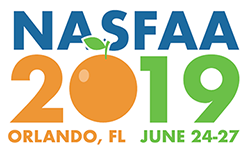
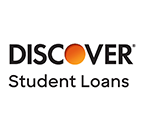

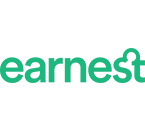

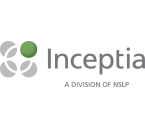

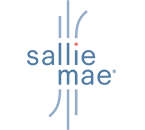
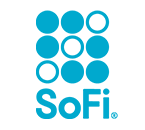


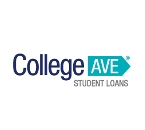
You must be logged in to comment on this page.